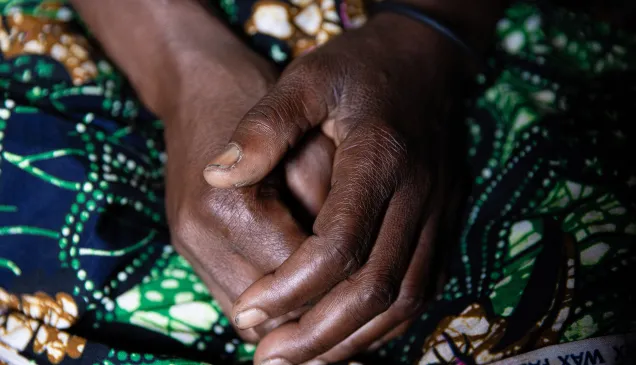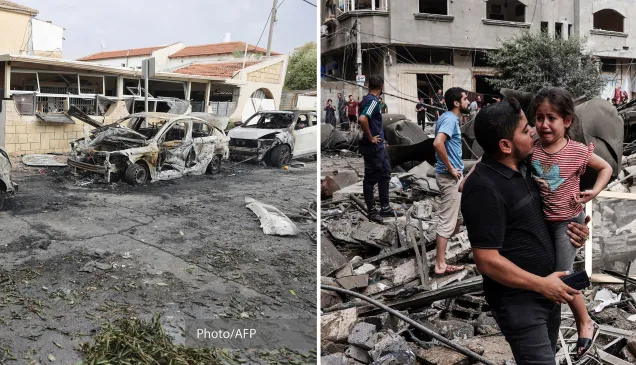How is the term "armed conflict" defined in international humanitarian law?
The States parties to the 1949 Geneva Conventions have entrusted the ICRC, through the Statutes of the International Red Cross and Red Crescent Movement, " to work for the understanding and dissemination of knowledge of international humanitarian law applicable in armed conflicts and to prepare any development thereof " Statutes of the International Red Cross and Red Crescent Movement, art. 5, para. 2(g).. It is on this basis that the ICRC takes this opportunity to present the prevailing legal opinion on the definition of " international armed conflict " and " non-international armed conflict " under International Humanitarian Law, the branch of international law which governs armed conflict.
International humanitarian law distinguishes two types of armed conflicts, namely:
- international armed conflicts, opposing two or more States, and
- non-international armed conflicts, between governmental forces and non-governmental armed groups, or between such groups only. IHL treaty law also establishes a distinction between non-international armed conflicts in the meaning of common Article 3 of the Geneva Conventions of 1949 and non-international armed conflicts falling within the definition provided in Art. 1 of Additional Protocol II.
Legally speaking, no other type of armed conflict exists. It is nevertheless important to underline that a situation can evolve from one type of armed conflict to another, depending on the facts prevailing at a certain moment.



